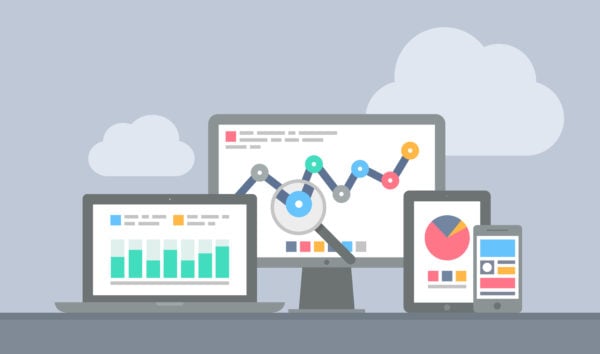Technology Plans for the Next Normal
As we prepare for a new administration and hope to turn the corner of the COVID-19 pandemic, 2021 will bring many changes. In the business sector, for example, markets have changed dramatically, along with the way we all work and interact with our customers.
Perhaps the lesson every business learned in 2020 was to be grateful for any business that could be maintained in light of the pandemic. As the year comes to a close, we are thankful that we are starting to see a significant increase in new client opportunities and want to share our thoughts on expected technology trends for the new year.
Adding Sophistication to Do-It-Yourself Innovations
A Deloitte survey shows that 77% of CEOs report that the COVID-19 crisis accelerated their digital transformation plans. Some of the business leaders we have spoken with this past month indicate they are reassessing their priorities because the need for more modern and flexible technology platforms has never been more apparent.
Part of the reason is the “Do-It-Yourself” innovation that was sparked out of necessity in 2020 due to the dramatic disruption of business operations along with the sudden availability of idle resources to work on internal projects. This led to digital transformation efforts at many organizations as they did what they could on their own and got help when needed for tools such as remote conferencing.
We saw many businesses with no plans to go paperless find themselves surprised to achieve this objective after struggling to do so in prior years. Many of these projects got off to a good start but were not completed. In 2021, business leaders will get more sophisticated with their digital transformations through the use of additional tools, and by integrating systems so data can flow freely among users from different departments.

Unused Capital to Make Big Impact on 2021
A lot of capital sat unused due to the economic uncertainty. The funds may have come from Paycheck Protection Program loans, other federal programs, reductions in planned spending, or from venture capital investors. While consumer businesses struggled, many businesses held onto excess capital for a rainy day, or they used them and adapted the business so it could still operate profitably. Either way, they ended the year with extra cash they can now invest.
Projects that took a back burner in 2020 are thus now poised to ramp up again. One area of focus will be people-centric systems. As employees met the challenge to adapt to changing workplaces in 2020, employers must now adapt to how their workforces have changed. This will require investments in Human Resource Information Systems that help manage talent and employee performance.
Businesses also need technologies to support an increasing remote workforce. It’s not just mobile phones, it’s also laptops as people will work from home more often than they do on the road. Remote collaboration is here to stay, and new technologies will soon become more mainstream such as augmented reality conference rooms, multi-monitor displays, dynamic cameras, and semi-transparent displays. Security measures will also need to keep pace to make sure these productivity tools don’t put digital assets at risk.
Analytics and Automation to Play Bigger Roles
With so many people working from home in 2020, businesses realized they needed to rely more heavily on data analytics to monitor and manage their KPIs. Staying connected and up-to-date on what’s happening with the business can no longer take place during “water cooler” conversations.
The companies that leveraged data and had a good sense of their KPIs going into 2020 were able to pivot a lot faster during the pandemic. Those that did not were awakened to their lack of real-time information and their inability to forecast. In 2021, they are refocusing to get a better sense of KPIs, pain points, and exposure areas. These areas simply don’t get as much attention when things are going well, but businesses now realize the ability to pivot quickly is critical to business survival.
Automation is another key area for 2021. Even businesses that were resisting paperless now realize it’s possible. And the integration of platforms and the automation of manual, repetitive tasks allow employees to get to key data much faster than ever before, so they can focus more time on customers and improving products and services.
Time to Review Your IT Strategy
As you look forward, 2021 will be an important year for IT strategy. Even if you developed a multi-year plan at the beginning of 2020, last year’s events necessitate a review. It’s important to evaluate the next generation of platforms and emerging technologies as to how they can support your changing business needs. AI, cognitive services, and robotic process automation are all coming to the forefront, and they may be able to play a key role in helping you sell products and reduce operational costs.
When you develop your road map, prioritize the new technologies you are considering so you can deploy and invest in them in a logical order. Not every new technology will make sense right away, and you will need to find a balance between smaller-scope projects delivering quick ROI along with one or two strategic initiatives that will position the organization for the future.
So Happy New Year to you and your business. As we all transition to the next normal, I hope 2021 is a prosperous year!
I also welcome the opportunity to hear how 2020 turned out for your company and your technology plans for 2021. Feel free to reach out to me at mark.digiovanni@atxadvisory.com
Author: Mark DiGiovanni




